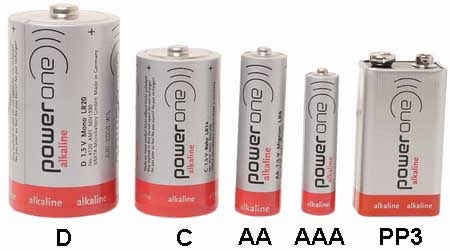Shelf life of a Pencil Cell battery is 3-5 year
Can you think of a life without a Battery. Start from a TV remote , Mobile phone , Calculator , Torch and many other electric and electronic gadgets which need Cell battery or rechargeable battery. The button battery also has revolutionized the use of thousands of daily use items like in wrist watches etc.

The invention of the dry cell battery is attributed to the work of several inventors during the late 19th and early 20th centuries. The dry cell battery revolutionized portable power sources and provided a safer and more convenient alternative to the existing wet cell batteries of the time. Here’s a brief overview of the key contributors and the development of the dry cell battery: –
- 1866: The dry cell battery’s origin can be traced back to the work of the French engineer Georges Leclanché in 1866. He used a zinc anode, a porous pot containing manganese dioxide as the cathode, and a carbon rod immersed in a mixture of ammonium chloride and zinc chloride as the electrolyte. This design formed the basis of the modern dry cell battery.
- 1887: German inventor Carl Gassner further refined the dry cell battery and patented his version in 1887. Gassner’s design featured a paste electrolyte instead of a liquid solution, which prevented spillage. The battery was enclosed in a sealed zinc container, eliminating the need for external terminals.
- 1950s: Canadian inventor Lewis Urry made significant contributions to the development of the dry cell battery in the 1950s. He invented the first practical alkaline battery while working at the Eveready Battery Company , his innovation involved using zinc-manganese dioxide chemistry with an alkaline electrolyte, which greatly improved the battery’s energy density and longevity.
- 1967: The development of the nickel-metal hydride battery is credited to a team of researchers at Stanford University led by Stanford Ovshinsky. They introduced the NiMH battery in 1967, which utilized a hydrogen-absorbing alloy instead of toxic cadmium.
- 1970s-1980s: Lithium Li-ion Battery The modern rechargeable lithium-ion battery was developed in the 1970s and 1980s by various researchers. Li-ion batteries replaced traditional battery chemistries by utilizing lithium compounds as the active material. They provided higher energy density, lighter weight, and longer lifespan, making them ideal for portable electronics

The table below shows major battery producer in the world.
| Brand | Country | Year Launched | Branda | Country | Year Started | |
| Camelion | Germany | 1994 | Maxell | Japan | 1960 | |
| Duracell | USA | 1924 | Panasonic | Japan | 1918 | |
| Energiser | USA | 1896 | Toshiba | Greece | 1954 | |
| FDK | Japan | 1950 | Varta | Germany | 1887 | |
| Gold Peak | Hongkong | 1964 | Zhenjing | China | 1996 |

The advancements in rechargeable battery technology have since led to further improvements and the widespread adoption of rechargeable batteries in various applications, such as smartphones, laptops, electric vehicles, and renewable energy storage systems. Continuous research and development continue to enhance their performance and energy efficiency.

Next time you buy a Pencil battery look for expiry date. Pencil cell has a shelf life of 3-5 years. Some of battery manufacture put the end date on the battery’s surface .
You can select battery related items in Electronics and Gifts section of my site Double-Sale.com












